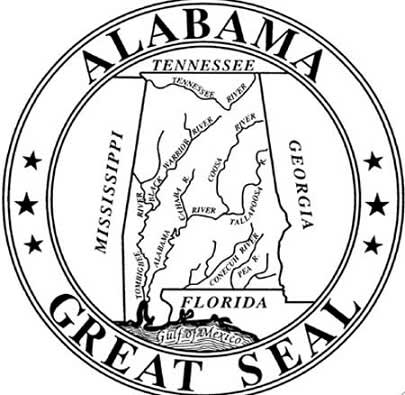Alabama’s Wildlife is Best Left in the Wild
OutdoorHub 06.08.12

The Alabama Gulf Coast Zoo in Gulf Shores has a new attraction. The zoo has taken in a white-tailed deer that had been raised by a family in Wilmer, Ala. Kenneth Webster raised the deer to adulthood after finding the animal 4 years ago.
In Alabama it is illegal to keep wildlife in captivity. When reported, the state will generally take and relocate captive wild animals that do not pose a hazard to native wildlife or public safety. The Wilmer deer met those criteria and on May 23, 2012, it was released on private wildlife habitat approximately 11 miles from where it had been raised.
However, wildlife can possess remarkable homing abilities. The deer made national news when it showed up at the Webster’s home days later. In response to news stories about the deer, the Alabama Gulf Coast Zoo made an offer to care for the animal.
“This was one of the rare occasions in the 15 years I’ve been director that we were able to accept native wildlife,” said Patti Hall, Director of the Alabama Gulf Coast Zoo. “We do not do this. It just so happened that I lost two of my older deer over the winter, and I had room for one. But I need people to get the message that we cannot accept these animals.
“If people find an orphaned animal, they should call the proper authorities or us, and we can get them in touch with a wildlife rehabilitator. I know people have the best of intentions but they are actually writing the death certificate for this animal, because they will not be able to release this animal back into the wild successfully.”
According to Keith Gauldin, a wildlife biologist with the Alabama Division of Wildlife and Freshwater Fisheries (WFF), rehabilitating captive or domesticated deer is normally not a feasible option. The best option is to leave wild animals in the wild.
“If you find a fawn or other wildlife leave it where it is because the mother is probably close by hiding or feeding,” Gauldin said. “In circumstances when the mother has been killed, the best option is to call your local district wildlife office, which will try to relocate the animal.”
Keeping wild animals in captivity is not only illegal it is also dangerous. In the 1990s, captive deer that had become domesticated in Alabama were responsible for the deaths of two people.
“We realize most people have good intentions when they pick up fawn deer,” said Kevin Dodd, WFF Chief of Enforcement. “However, keeping wild animals in captivity almost always ends badly for the animal, the people, or both.”
Mid-July through mid-August is the peak of whitetail deer fawning season in Alabama. What should you do if you find injured or orphaned wildlife? Here are some tips that will help wild animals remain wild:
- Fawns are left in protective cover up until three weeks of age and the mother will return two to eight times per day to feed them. She may not return if you are within sight.
- If a fawn has been touched by humans, the doe will continue to care for it.
- A doe will accept a missing fawn for up to 48 hours.
- Fawns do not digest other animals’ milk well and may dehydrate quickly if fed cow’s milk.
- Fawns raised with only human contact can imprint on humans and become dangerous when sexually mature.
- Deer are wild animals and should not be kept as pets.
Most wild birds and mammals (including fawns) are protected under the law and may not be legally taken from the wild or kept as pets. Taking animals from their natural environment robs them of an opportunity to learn to survive, even if that means the animal must fend for itself. Only when a fawn is found injured is there reason to contact a WFF district office. For a complete list of WFF district wildlife offices visit, www.outdooralabama.com.

